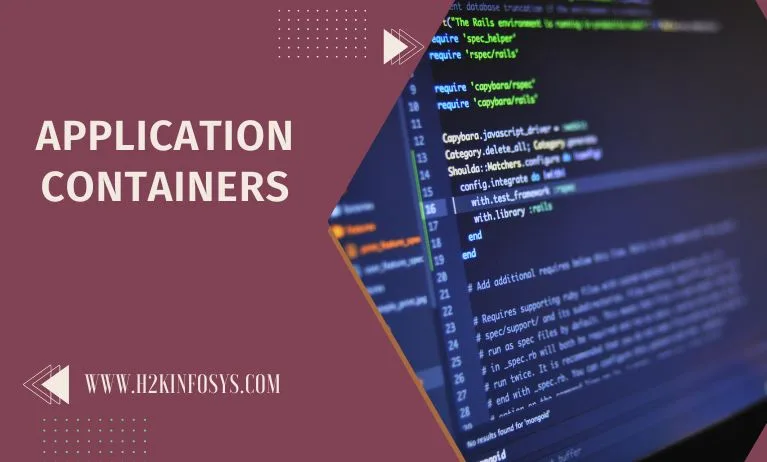A container is called the standard unit of software, which has the packages of the code, its dependencies, and hardware requirements needed to install and run the software. The application can run quickly and reliably from one computing environment to another. A Docker container image is a lightweight, standalone executable package that includes all we need to run an application code, runtime, system libraries, and also settings.
Container images have containers at the runtime, and in the case of Docker containers the photos will become containers when they run on the Docker engine. They are available for both Linux and Windows based applications, containerized software will run the same apart from the infrastructure. containers will isolate software from its environment and ensure it will work constantly .
This Docker container run on the Docker engine
- Standard- Docker will create the industry standard for containers, and they can be portable anywhere.
- Lightweight- Containers will share the machine’s OS system kernel and, therefore will not require an OS per application, driving higher server efficiencies reduces the server and licensing the cost.
- Secure- Applications can be safer in containers and Docker provides the strongest default isolation capabilities in the industry.
Docker containers technology was invented in 2013 as Docker engine which is an open source. It is an existing computing concept all over the containers and specifically in the Linux world, primitives known as Cgroups and namespaces. The uniqueness of Docker’s technology lies in the fact that it focuses on the requirements of developers and systems operators to make systems independent from infrastructure. Success in Linux will drive a partnership with Microsoft that will bring Docker containers and its functionality to the window server. Technology will be available from Docker and also its open source project, Moby will be leveraged by the major data center vendors and cloud providers. Many of these providers are giving the docker for the container native as IaaS offerings.
Comparisons of Containers with virtual machines
Containers- These are abstractions at the app layer that packages code and dependencies together. Multiple containers will run on the same machine and also share the OS kernel with other containers,each will be running as isolated processes in the user space. Containers will take upto less space than virtual machines that can handle more applications.
Virtual machines
Virtual machines (VM) will be an abstraction of hardware physically turning one server into many servers. The hypervisor allows multiple VMs to run on a single machine. Every Virtual Machine includes a full copy of an OS, the software application, necessary binaries and libraries.
Application containers are the special type of container because of its application, service and solution which usually runs on the single process inside. Application containers will promote by creating immutable and ephemeral infrastructure. If an application service needs to be updated, a whole new container is built from the appropriate image. Then it will be provisioned to replace the existing running container instance. There is such complexity earlier as well as lack of proper isolation and also incompatibilities of application containers with some technologies which had a great impact on the adoption speed of application containers. Developers will implement significant adjustments to make sure that their technologies and also additional functionality that can be run inside the application containers correctly.
As per the stateless solution any application containers will not natively save the state information inside, such operations will be delegated to the external persistent storage system. As per the developers, purely stateless containers by bringing the state of deployment which is an obsolete way of architecture design. They assert the best and cleanest approach for containers is to perform operations which will not require any keeping the state.
Some applications will face some issues while migrating to the application containers.This is specially relevant for complex application container orchestration tools like Kubernetes. In the case of a migration system, containers are considered as the best suitable for containerisation.
Questions
- What is a container? Explain
- How does a docker container work?





























